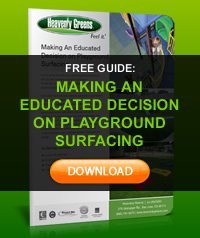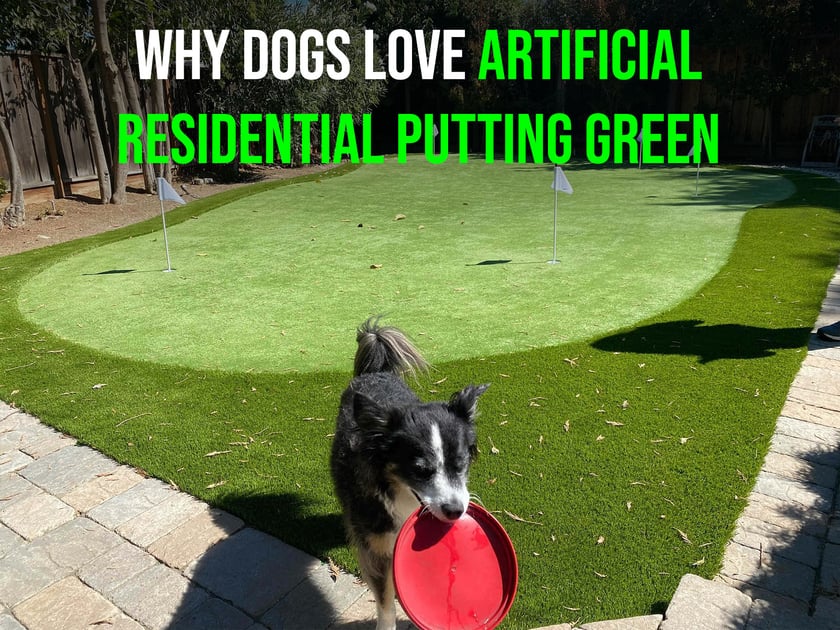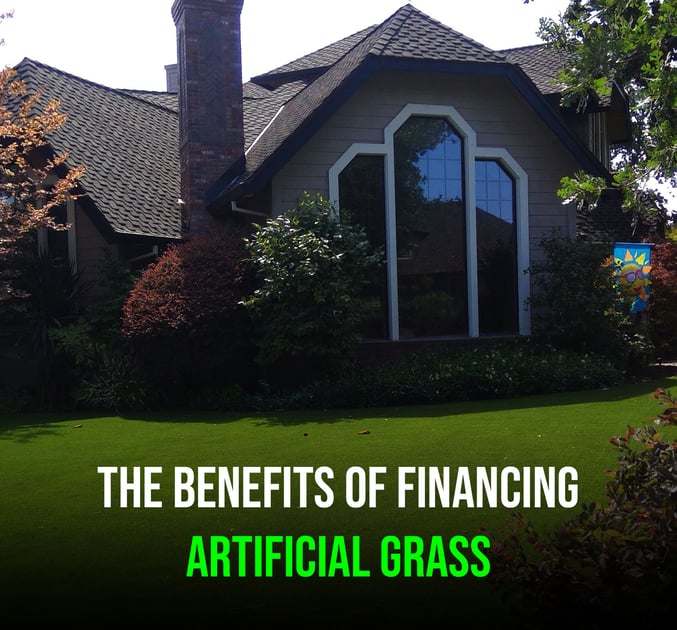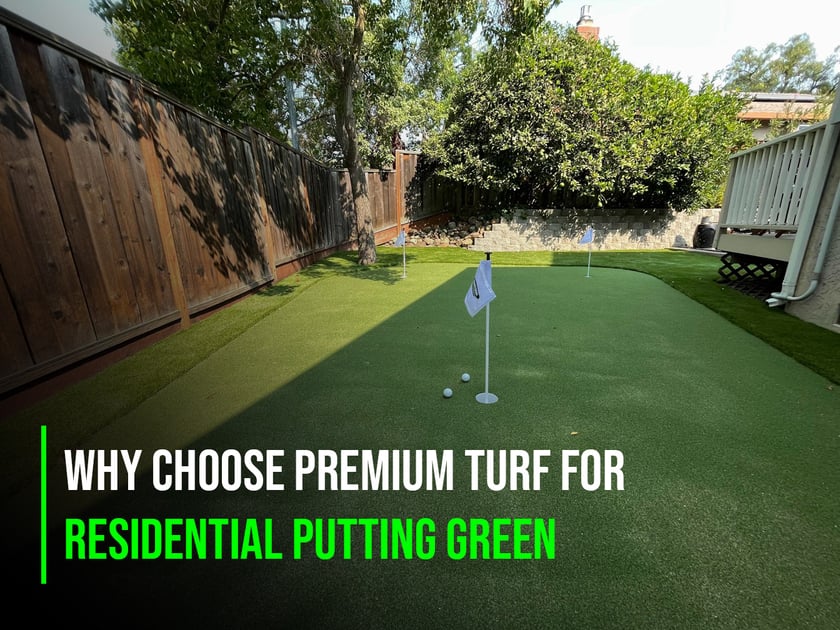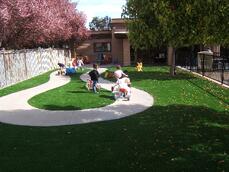 Artificial grass is changing the way children play. Playground shenanigans like wrestling, tickling, tackling, chasing, even kicking and hit-and-run, are often discouraged by adults, who are afraid the games will lead to injury,bullying or escalating aggression. But studies show that “play-fighting” has always been an important part of learning and socialization for animals and humans alike.
Artificial grass is changing the way children play. Playground shenanigans like wrestling, tickling, tackling, chasing, even kicking and hit-and-run, are often discouraged by adults, who are afraid the games will lead to injury,bullying or escalating aggression. But studies show that “play-fighting” has always been an important part of learning and socialization for animals and humans alike.
Especially juvenile animals and humans. Picture a litter of kittens or puppies. The scramble all over each other, chewing ears, chasing tails, wrestling and rolling with all their might. They posture and pounce. They stalk and attack, then back off and hide. Through all this seeming chaos, they’re learning social signals and skills; practicing interactions with their peers; learning the rules of cooperation, competition and negotiation; and developing coordination and self control.
Similarly, children (and teenagers) who engage in vigorous free play learn to regulate their emotions, decode social cues, and listen and relate to their friends. They become more comfortable with physical contact and with managing interpersonal interactions. That’s why so many childhood games (freeze-tag, Red Rover, football) include rough and tumble play. Children seem to know instinctively that this kind of pretending is beneficial– physically, socially and emotionally.
Of course, play fighting is very different from real fighting. The Voice of Play web site (voiceofplay.org) defines these vital characteristics of play:
• Play is self-chosen and self-directed.
• Play is intrinsically motivated—means are more valued than ends.
• Play is guided by mental rules, but the rules leave room for creativity.
• Play is imaginative.
• Play is conducted in an alert, active, but relatively non-stressed frame of mind.
Our job as adults is to make sure kids are able to play safely and appropriately. That’s why artificial grass surfaces are becoming the new standard for schools, daycare centers and child development organizations nationwide. Today’s artificial grass products are safer, cleaner and less abrasive than ever before. Shock-absorbing infill materials improve fall safety. And artificial grass surfaces often prove to be more bacteria resistant than natural grass.
But one of the best reasons to install artificial grass is how much more outdoor physical play it allows. Artificial grass fields dry faster after rains, stand up better to tough usage, and need no chemicals, fertilizers or pesticides for maintenance. They’re safer, cleaner, year-round surfaces that are ideal for rough and tumble play. Let the shenanigans begin!
Thank you for reading our article. We hope you found this informative and interesting. If you would like to know more about the benefits of artificial grass check out our Heavenly Greens Blog!



